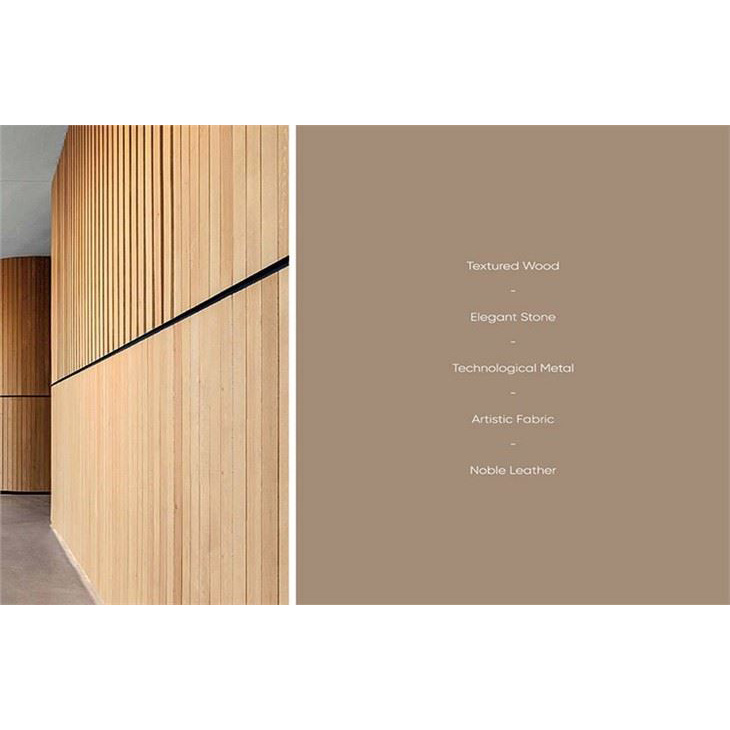Types and characteristics of
metal composite materials
Metal composite materials are common in our lives. They mainly use composite techniques to metallurgically combine several metals with different chemical and mechanical properties to form non-performance composites. It greatly improves the performance of a single metal. For example, metal composites have very good thermal expansion properties and are very good in strength, fracture toughness, impact toughness, wear resistance, electrical properties and magnetic properties.
Metal composites refer to composite materials formed by metallurgical bonding at the interface using composite technology or various metals with different chemical and mechanical properties, which greatly improves the thermal expansion, strength, fracture toughness and impact toughness of a single metal material. . , wear resistance, electrical properties, magnetic properties and many other properties, widely used in petroleum, chemical industry, shipbuilding, metallurgy, mining, machinery manufacturing, electric power, water conservancy, transportation, environmental protection, pressure vessel manufacturing, food, brewing, pharmaceutical and other industries field.
By base:
(1) Aluminum matrix composite material
(2) Nickel-based composite tree
(3) Titanium matrix composites
Sort by reinforcement
(1) Particle-reinforced composite materials
(2) Layered composite materials
(3) Fiber-reinforced composite materials
Properties of Metal Matrix Composites
(1) High specific strength, high specific modulus
Due to the incorporation of appropriate amounts of high-strength, high-modulus, low-density fibers, whiskers, particles, and other reinforcing agents in the metal matrix, the specific strength and specific modulus of composites are significantly improved, especially for high-performance continuous fibers. Adding 30%-50% of high-performance fibers as the main carrier of the composite material, the specific strength and specific modulus of the composite material are twice as high as those of the matrix alloy. Components made of high specific strength and high specific modulus composites are lightweight, rigid, and strong, making them ideal structural materials for the aerospace industry.
(2) Good thermal conductivity
The metal matrix in metal matrix composites occupies a very high volume fraction, typically above 60%, thus maintaining the good thermal and electrical conductivity of the metal. Good thermal conductivity effectively heats the heat, reduces the temperature gradient generated by the heated element, and can quickly dissipate heat. This is especially important for parts with high dimensional stability and highly integrated electronic components, and also prevents aircraft parts. Static aggregation problem.
The use of high thermal conductivity reinforcing materials in metal matrix composites can further improve the thermal conductivity of metal matrix composites, making the thermal conductivity of the composite material higher than that of pure metal matrix. In order to solve the heat dissipation problem of highly integrated electronic devices, ultra-high modulus graphite fibers, diamond fibers, diamond particles reinforced aluminum-based and copper-based composites have been studied, which have higher thermal conductivity than pure aluminum and pure aluminum. copper. Integrated circuit backplanes and packaging allow them to efficiently dissipate heat and rapidly increase the reliability of integrated circuits.
(3) Small coefficient of linear expansion and good dimensional stability
The reinforcing materials used in metal matrix composites all have small linear expansion coefficients and high elastic moduli. In particular, ultra-high modulus graphite fibers have a negative coefficient of linear expansion and have added substantial amounts of reinforcing agents. The strength and modulus of the material are significantly improved, and the linear expansion coefficient is also significantly reduced, and the content of steel bars is adjusted to obtain different linear expansion coefficients to meet the requirements of various working conditions.
Metal composites are made from metals with different chemical and physical properties through metallurgical techniques to produce a new type of metal material. It has good strength and toughness, and the expansion properties of composite metal materials are also good.
Metal composite materials are therefore used in many fields. For example, petroleum industry, chemical industry, shipbuilding industry, metallurgical industry, mining industry, machinery manufacturing industry, electric power industry, water conservancy industry, transportation industry, environmental protection industry, pressure vessel manufacturing industry, food industry, brewing industry, pharmaceutical industry, etc.



